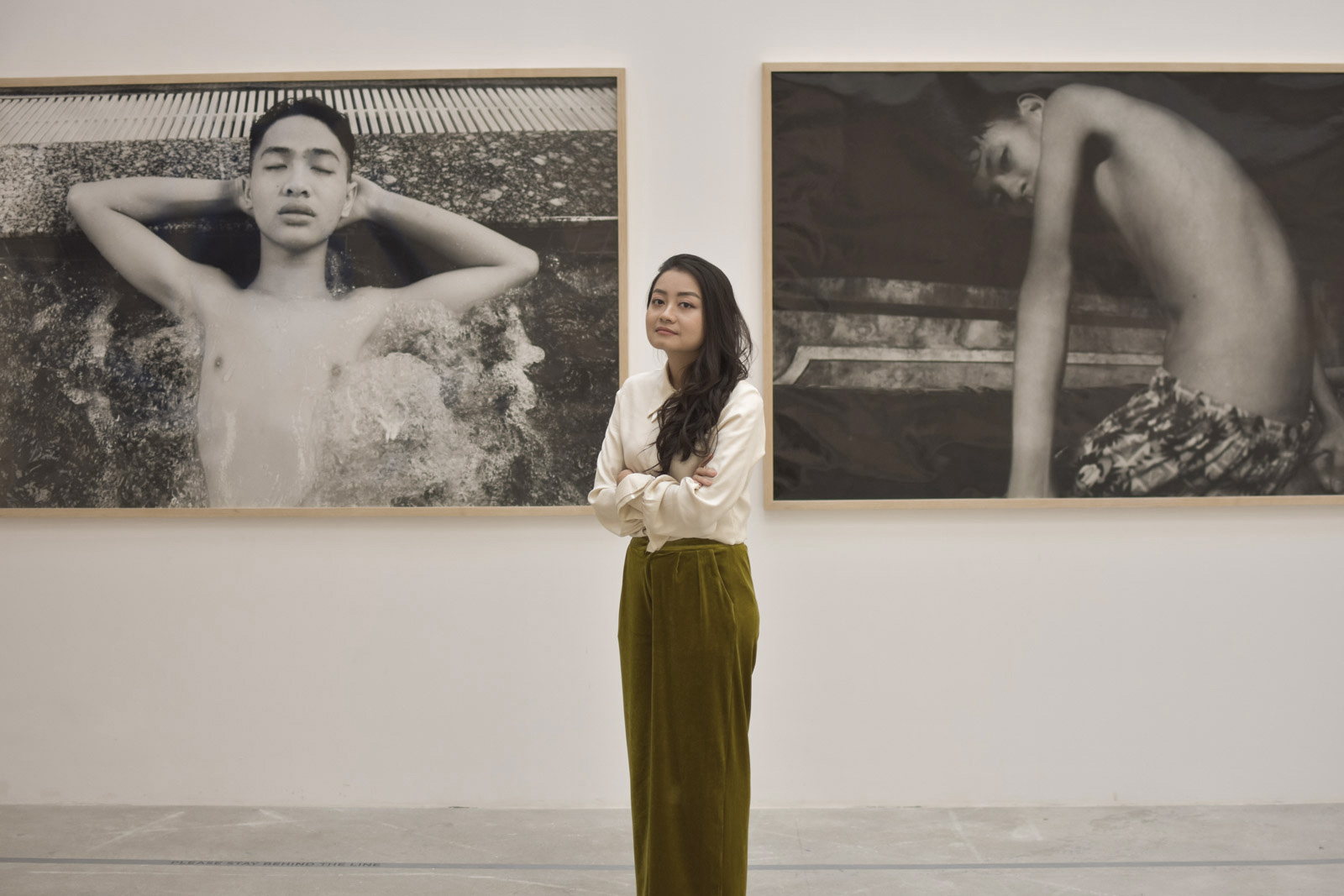Walking into the Vincom Center for Contemporary Art (VCCA) in Hanoi, visitors almost immediately encounter a fifty-foot line of dirt and small rocks. The pathway of sorts – which some visitors step over more gingerly than others – leads to a large sculpture of a man standing in the centre of the gallery space, his faithful dog sitting at his feet.
Heading further into the vast, airy space, visitors are confronted with a long line of paintings across the left wall of the gallery depicting the inside of a slaughterhouse through a series of images. The medium for these images is dubbed “mixed media” on the gallery programme, as they were drawn partially using animal blood – a statement by the artist on the violent persistence of animal consumption.
The exhibition was co-curated by Đỗ Tường Linh, a 33-year-old Vietnamese researcher and art curator with a track record for unique and subversive artistic exploration. The sculpture work – created by Nguyen Dinh Phuong – and the slaughterhouse paintings – created by Nguyen Van Du – are two of eight works from nine emerging artists making up The Foliage III, the third iteration of the VCCA’s annual collection.
The exhibition, which debuted in the Vietnamese capital on 20 December, was carefully assembled to question assumptions and explore new ideas and frameworks for creating art that its audience may not have been previously exposed to.
Central to an alternative art movement of Vietnam and beyond, Đỗ’s curation revolves around a reflexive counterculture to the hegemonic variations of Western art seen all too often in the Global South, blurring the lines between what “should” and “can” be counted as art.
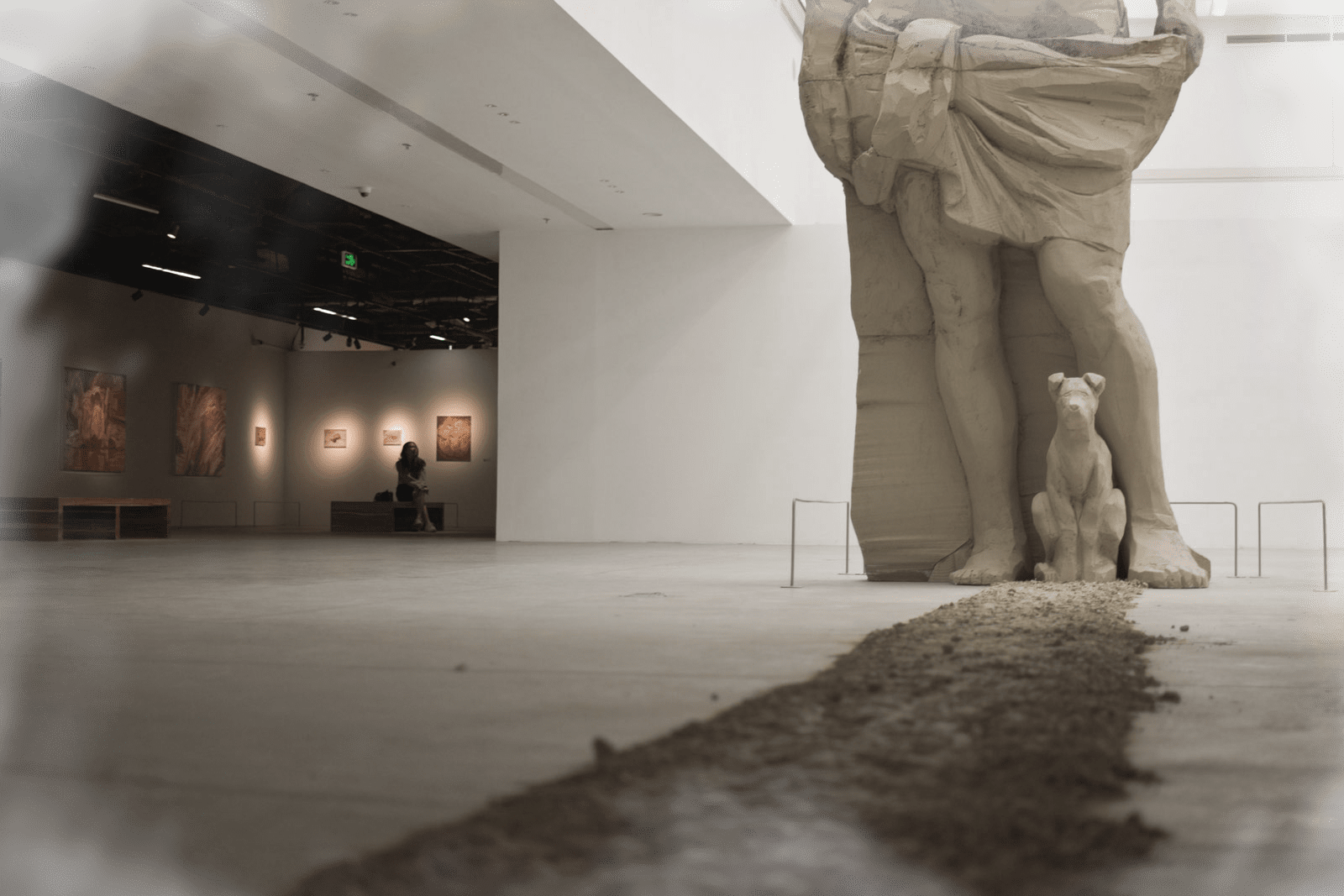
Before taking this invitation, I had a lot of concerns. A lot of activities that I’ve been doing before this show were underground activities, more from the perspective of challenging the mainstream
Đỗ Tường Linh
The VCCA sits deep inside the Vincom Mega Mall Royal City – a name that immediately conveys a reputation of prestige and power, evident in the indoor ice-skating rink, waterpark and dozens of high-end stores. Pham Nhat Vuong, founder and chairman of the rising Vietnamese conglomerate Vingroup, after which the chain of malls takes its name, is Vietnam’s richest man, with a current net worth of $7.6 billion.
Đỗ, who co-curated the exhibit alongside Japanese curator and artist Mizuki Endo, hesitated at first when she received the invitation to co-curate in The Foliage III.
“Before taking this invitation, I had a lot of concerns. A lot of activities that I’ve been doing before this show were underground activities, more from the perspective of challenging the mainstream,” she said, aware of the capitalist nature underpinning the luxurious Vincom mall.
But she saw this as a chance to bring some of her favourite young artists – who are doing emerging work that plays with concepts of violence, identity, and more – to a wider audience. After all, better that she use this space than someone else, she said wryly.
“I think the interesting thing here is actually [that those permitting the exhibit] don’t really understand, and then you still can manage to get something in and critically question the way the whole space functions,” she said.
One example of this subtle subversion of the immediate surroundings is Nguyen Dinh Phuong’s work of the man and his dog, which gently pokes fun at the faux Greek sculpture of Apollo placed in the square of Vincom’s Royal City. The sculpture, the artist’s first gallery work, is made from foam but styled to look like rock, the cheap materials subverting the gatekeeping role “authenticity” plays in art.
Nguyen’s upbringing in the mountainous region of Northern Vietnam, Đỗ’s meticulous programme reads, has informed his interaction with urban spaces.
Completing his installation is a screen at the opposite end of a dirt pathway, depicting unknown men walking back and forth, a nod to the mundane in contrast to the grandiose figure of Apollo.
Artistic counterculture
The nine artists come from a variety of backgrounds: six were born in Vietnam, one was born in the UK, another in Colombia and one in Australia. In choosing foreigners to contribute, Đỗ explained, she carefully selected artists who had become deeply embedded in Vietnam and their subjects, and would therefore add something to the conversation.
More than anything, the goal was to shed light on a nuanced image of Vietnam, one not necessarily married to ideas of political strife, war, and corruption that the country is often reduced to when seen through the Western orientalist lens.
She adds that just because an artist is Vietnamese – and the analogy applies to any country – it doesn’t mean they need to be restricted to an identity defined by Vietnam or its recent history.
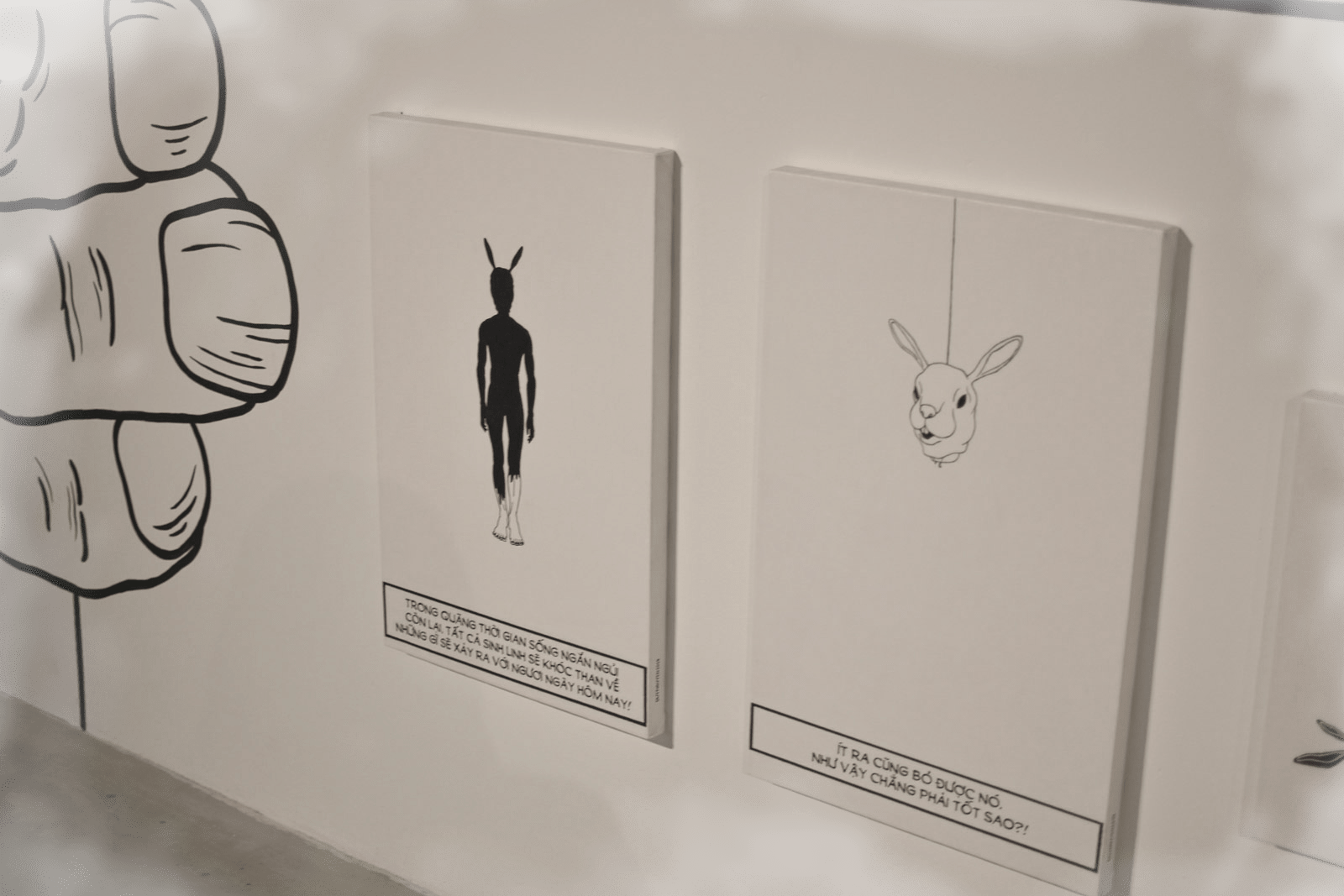
But no description of Đỗ and her curation work encapsulates everything it represents – and that’s kind of the point, she says. While she is proud to be young, to be a woman of colour, to be Vietnamese, she bristles at the thought of being segmented into any of these boxes as a way of explaining her art.
“It [has] not been easy for a woman of colour and not from a privileged background to struggle to define my own voice, so maybe the resistance comes very naturally out of a survival need,” she said. “But at the same time, I don’t want to just frame and restrict myself in all those categories.”
Đỗ’s education itself represented a combination of East and West. She went to school at the Vietnam University of Fine Arts, where she studied Art History and Art Criticism, before then receiving her Master’s degree in Contemporary Art and Art Theory of Asia and Africa at the School of Oriental and African Studies (SOAS) in London, England. The degrees forced her to negotiate with art in different cultural spaces.
“Growing up in Vietnam, I used to associate politics only with the social and political conditions of what is often called a developing or communist country,” said Đỗ. “It was only when I later engaged in activities considered underground (or alternative) art and when I got involved more actively in the art and cultural scenes in Vietnam, as well as in Southeast Asia, that my understanding of politics was expanded.
“I gradually understand politics more broadly as the relationships among human beings, how we interact and deal with each other every day. Politics also refers to the possibility of other ways of seeing and other ways of knowing.”
Though much of her work centralises around unlearning and resisting the typically Western, strictly hierarchical representations of art, especially when picturing Southeast Asia, Đỗ wouldn’t use these words to define what she does. Politics is intrinsic to her work, but part of that includes shifting the definition of what politics is.
Hanoi art spaces
Another one of Đỗ’s 2019 curation projects was called “The Bolero Effect”, with it conceived by artist Moi Tran and named after the Latin musical style that took on a life of its own in Vietnam starting in the 1930s.
Volunteers from across Hanoi rehearsed for weeks to build a multidisciplinary performance of music, singing, movement, theatre and text, all presented in a four-storey house in the historic area of the city. The goal was to build a bridge between the Vietnamese community, Vietnamese diaspora and the world community through bolero.
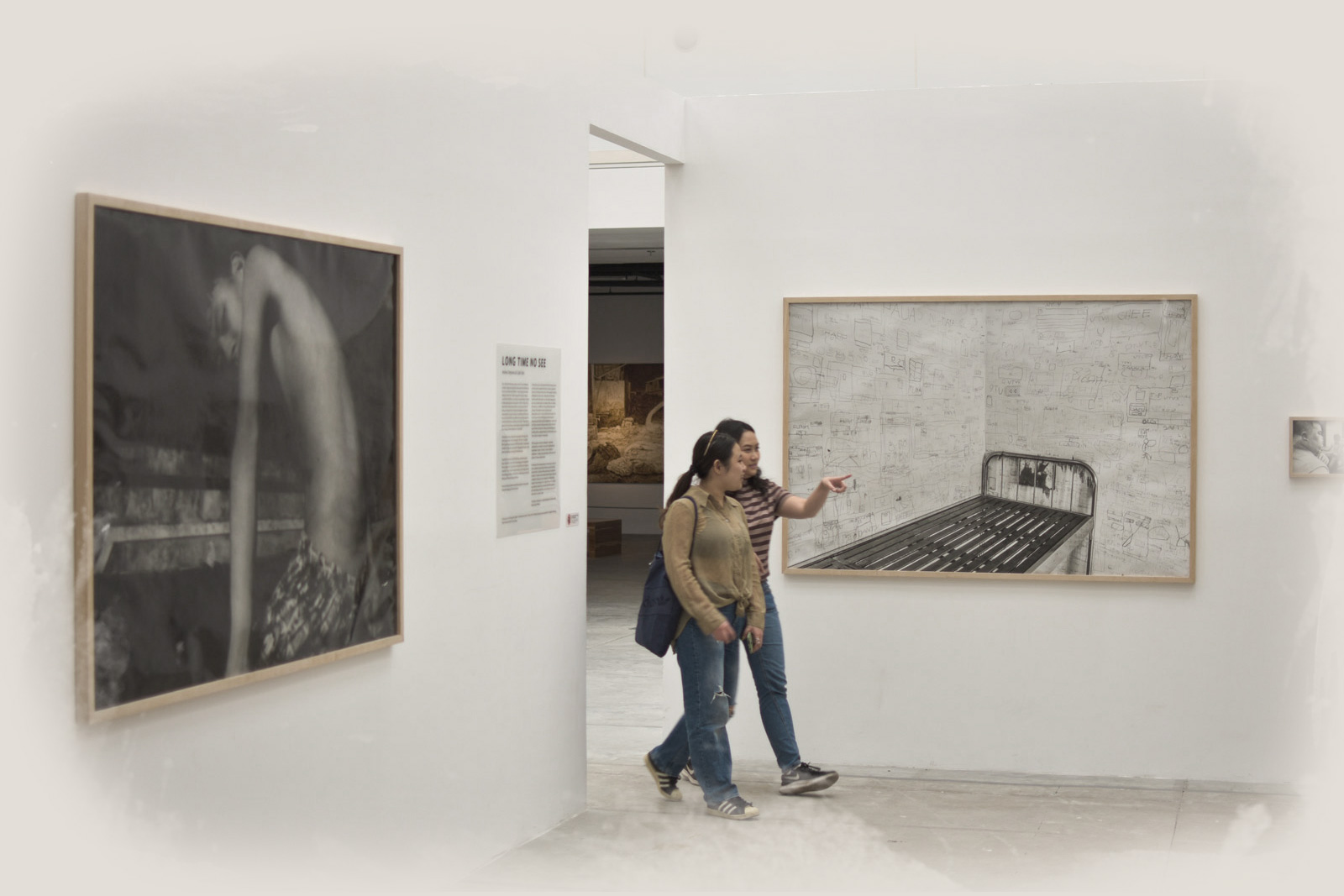
It seemed that everyone had to ‘perform’ in a certain cultural and artistic code in order to fit in. Of course all the funding would come from Western institutions. However, for me that is also just violence on the surface
Đỗ Tường Linh
Đỗ is also the co-founder and artistic director of Six Space, a collective workshop nestled in the historical centre of Hanoi, that aims to support creatives by providing them with an open space to showcase their work and fuel discussion. She created the space alongside artist Le Giang in 2015, with it modelled off of Blossom Art House – an artist-run educational platform Le founded in 2013.
At the time the pair were frustrated with the lack of alternative art spaces in the country.
“Because a lot of the art exchanges in Vietnam are with Europeans and Americans, I used to take for granted a certain kind of standardisation [that exists]. For example, when art practitioners wanted to open a gallery or an art space, they tried to make it polished and presentable, giving it a ‘professional’ look,” Đỗ said.
“It seemed that everyone had to ‘perform’ in a certain cultural and artistic code in order to fit in. Of course the major funding would come from Western institutions. However, for me that is also just violence on the surface, and actually homogenised the art making process or the way we understand art. But I would not suggest a complete escape from Western exchange, but rather a genuine dialogue between not just two worlds, but many different worlds.”
Đỗ sees Six Space as a collective learning space where any rigid definitions can be deconstructed, and that reasoning is why it “endeavors to provide diversity in approaches and perspectives to art and creative practices in Hanoi”, according to their website.
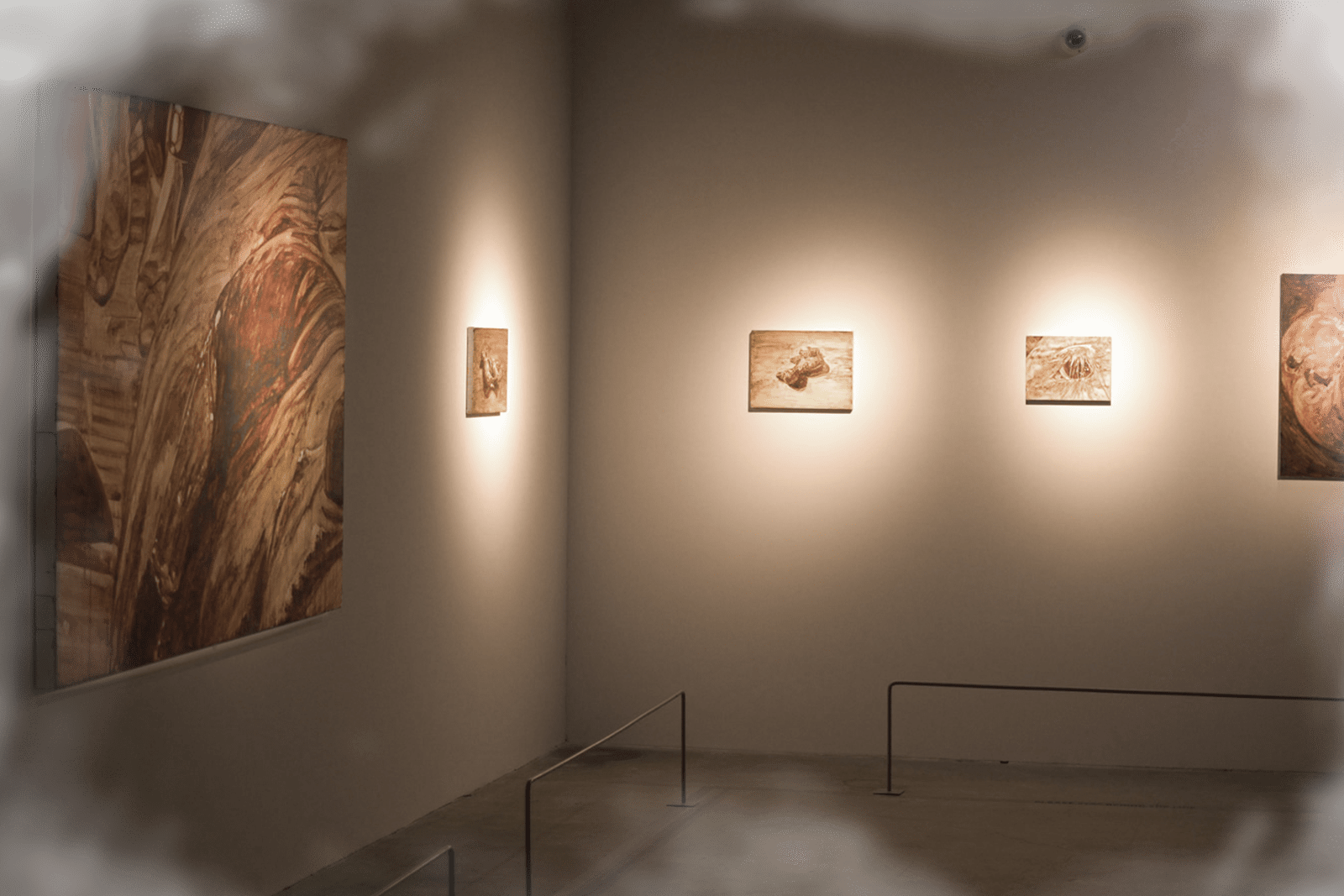
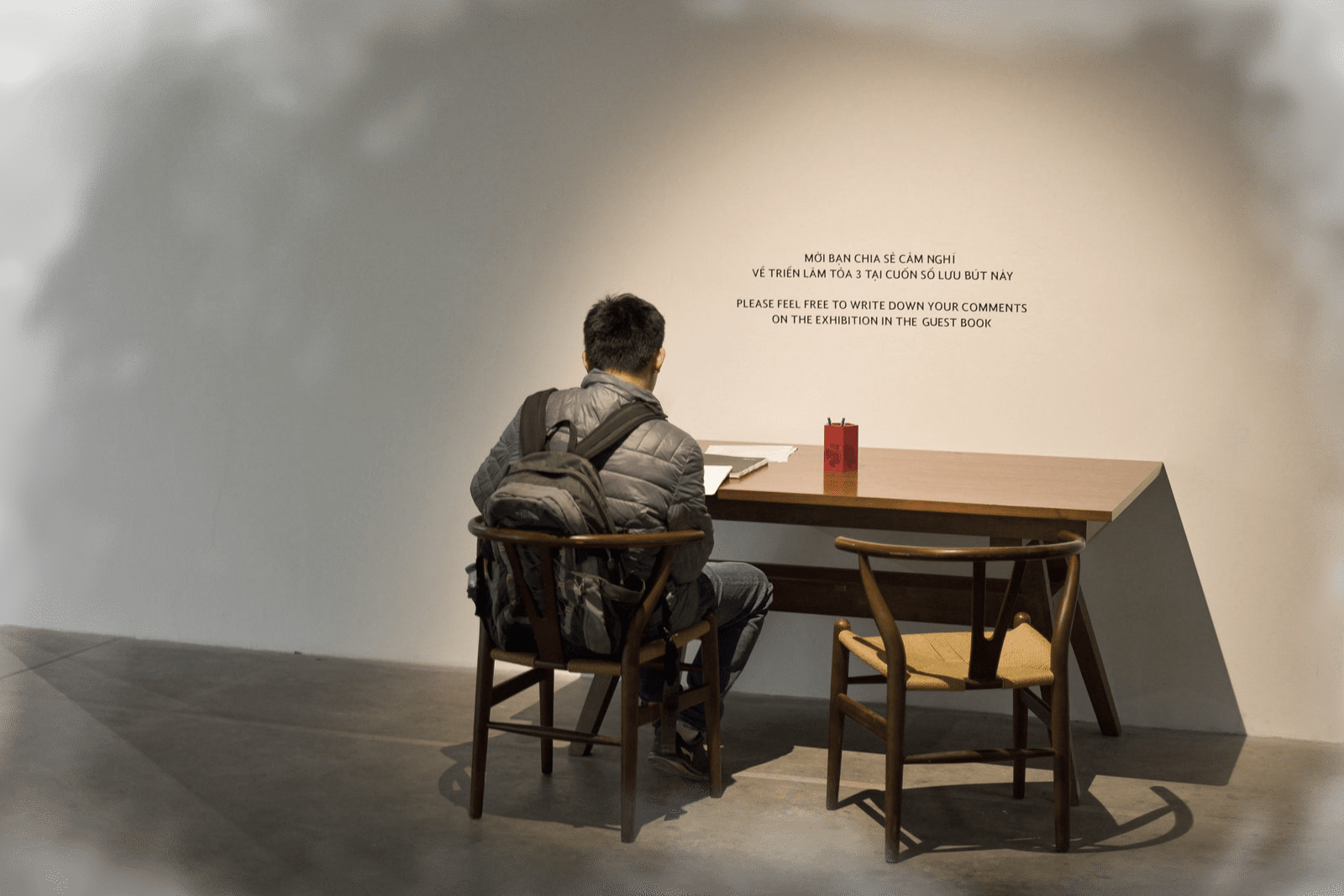
And while the local artistic climate these days has improved, Đỗ says she hopes the city continues to morph into a space where all artists, using all mediums and conveying all messages, are welcome.
Looking towards the rest of the world, she envisions a landscape where communication and artistic collaboration between the Global South can flourish without the facilitation of the Western hand. Đỗ herself has had the chance to go to Africa, the Middle East and Cuba, and sees value in transnational projects that connect these art worlds without the facilitation of European or North American institutions.
But ultimately, it’s her desire to make connections with people and the world around her that continues to drive Đỗ’s artistic curation projects.
“I guess the core in my practice is [that] I seek to interpret and make sense of the world around me. And in the end it’s a curiosity towards what it means to be human and being in the world.”
Đỗ hopes that when people see her work, they feel the same.
The Foliage III at the Vincom Center for Contemporary Art is open Tuesday to Sunday, 10am to 8pm, until 23 February 2020.
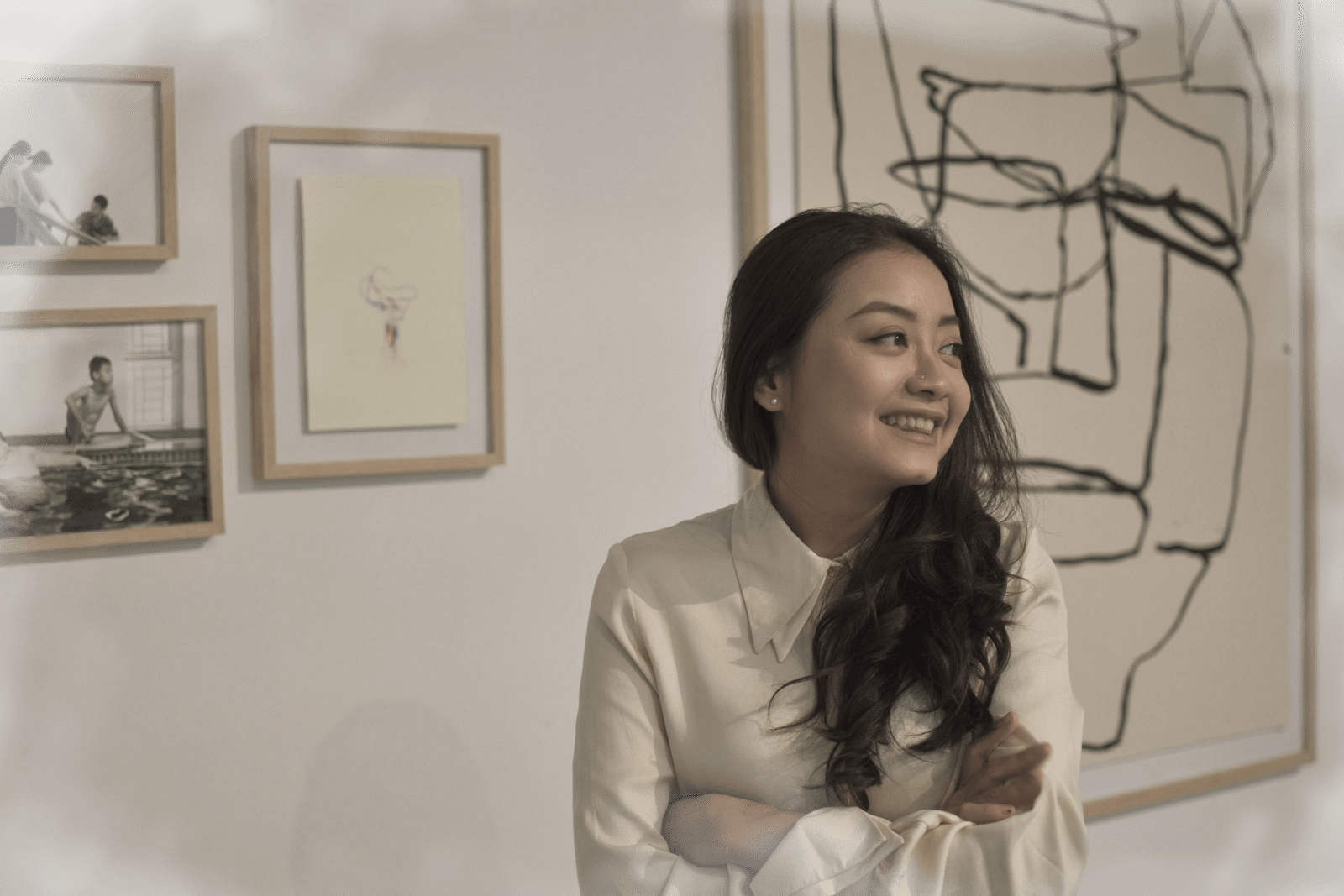
Đỗ Tường Linh is an art researcher and curator based in the Vietnamese capital Hanoi. She studied Art History and Art Criticism at Vietnam University of Fine Art, before doing an MA at London’s famous School of Oriental and African Studies (SOAS) in Contemporary Art and Art Theory of Asia and Africa. She is the co-founder and artistic director of Six Space, an artist-run art space in Hanoi.
